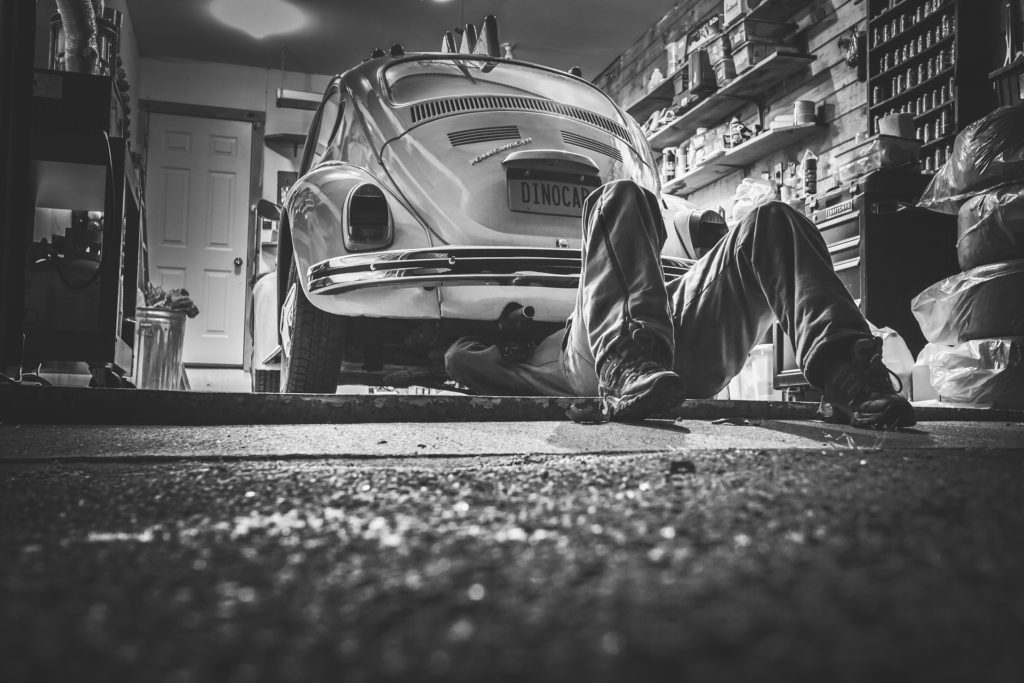
A car tire is a tire. Bicycles and cars use the same sort of valves to receive air for their tires. So, yes, you can use a bike pump to manually add air to a car tire just like you would with a bike tire. Inflating a car tire by hand is a tedious process, but it just might get you out of a jam someday.
How a Bike Pump Works
There are a number of bike pump styles, such as frame-mounted pumps or foot-operated pumps. The classic design is called a floor pump, also known as a stand pump. A bicycle floor pump includes these components:
• air compression chamber
• hose that connects the pump to a tire
• piston that compresses air through the hose and into the tire
• handle that the user pumps to operate the piston
During an up-stroke of the handle, the piston pulls air into the chamber. During a downstroke, the piston forces the air out of the chamber and into the tire.
Tire pressure is measured in pounds per square inch (PSI). Recommended tire pressure for bicycles ranges from 30 to 50 PSI for mountain bikes up to 80 to 130 PSI for narrow road bike tires.
For most passenger car tires, the recommended pressure is 32-35 PSI. Recommended PSI for your vehicle’s tires can be found on the tire’s sidewall, in a sticker on the car frame where the front driver’s door opens, and/or in the vehicle owner’s manual.
Why You Might Need to Use a Bike Pump for a Car Tire
The machines used for adding air to motor vehicle tires are known as air compressors or tire inflators. Most car owners don’t own an air compressor but are likely to own a bike floor pump. If you ever want or need to fill up your tires without leaving home, that bike pump is all you need.
Pump your car tire the same way you pump a bike tire. Remove the tire valve dust cap, connect the hose to the tire valve, and press the pump’s piston handle up and down. You’ll be able to hear the pressurized air moving from the pump chamber into the tire. If your connection isn’t secure, you’ll hear a hissing sound from the escaping air.
Manual pumping will be a slow grind, so why would somebody go through the trouble? There are plenty of reasonable explanations for pumping up your car tires by hand, such as:
• Temporarily inflate a flat tire and take the vehicle to an auto shop for a new one
• Regularly keep ideal tire air pressure at home for free
• Maintain an air pressure
Some folks just prefer DIY, cheap, simple, fixes. As an added benefit, manual pumping is a great tricep workout.
How Long Does It Take to Manually Inflate a Car Tire?
When you pump up a bike tire, you can see the gauge needle move with each pump. You can also quickly see and feel the tire inflating. When pumping a car tire, for obvious reasons (more air), progress is much slower.
You won’t notice any difference from an individual pump. You are making progress when you hear air displacement because this usually means the device is properly attached. It might take a few hundred pumps and upwards of 20 minutes to fill up a flat tire.
Adding air pressure to a car tire with a bike pump probably isn’t your first choice. However, it’s good to know that the option exists.
For more relevant articles especially if you are driving in icy conditions, read our post here.



